Glossary of Infertility Treatment Terms
Fertility complications can be complicated and hard to understand. We put together a list of immunological or genetic terms in this handbook are new to you. This glossary may help your understanding.


Glossary of Infertility Treatment Terms
Fertility complications can be complicated and hard to understand. We put together a list of immunological or genetic terms in this handbook are new to you. This glossary may help your understanding.
Anti-DNA/Histone Antibodies: These are antibodies to nuclear antigens such as single- or double-stranded DNA (ss-DNA, ds-DNA), histone
proteins or Scl 70. These may be reported as negative; borderline; positive; and weak-, moderate- or high-positive.
Anti-nuclear Antibody (ANA): This blood test checks for autoimmunity to nuclear protein. It is usually reported as ANA positive when a titer is 1:40 or higher. A speckled pattern is most commonly associated with reproductive immune problems, in contrast to the nucleolar pattern seen in lupus or rheumatoid arthritis.
Antiphospholipid Antibody (APA): This 18 panel qualitative blood test involves 3 forms (IgM, IgG and IgA) of antibodies against 6
phospholipids (cardiolipin, phosphatidyl ethanolamine, phosphatidyl inositol, phosphatidic acid, phosphatidyl glycerol and phosphatidyl serine). Results may be reported as negative, borderline, positive, weak, moderate or high positive. Positive APA reflects increased blood clotting tendency.
B Lymphocytes: Lymphocyte that rearranges and expresses immunoglobulin genes.
CD (Cluster of Differentiation): System of cataloging surface molecules of leukocytes that distinguish the type of cells of its state of activation or differentiation.
Cytokine: One of several protein hormones synthesized by a variety of cells, used to communicate with other cells; typically made in minute amounts and intended to affect cells in a microenvironment.
Factor II, DNA Analysis (see Prothrombin Gene Mutation).
Factor V Leiden: A specific mutation in the Ffctor V gene that is associated with an increased risk of venous thromboembolism.
Flow Cytometry: Method to characterize or separate cells by size, density, and the ability to bind or internalize fluorescent antibodies or dye.
Helper T (TH) Lymphocyte: CD4+ T lymphocyte that enhances the activation, proliferation and differentiation of lymphocytes through the
release of cytokines.
HIV-1 and HIV-2 Antibody: This antibody test is for diagnosis of human immunodeficiency virus (HIV) exposure.
HTLV Antibody: This antibody testing is for diagnosis of human T lymphotrophic virus exposure.
Immunoglobulin (IgG): Multimetric protein with antigen-binding properties produced by B lymphocytes and plasma cells, released into
serum and other secretions.
Immunoglobulin Class: Immunoglobulin isotype determined by a difference in the constant region Fc portion of the molecule, such as IgG, IgM, IgA, IgD or IgE.
Interferon (IFN): Low molecular protein that protects cells from viral infection. Interferon gamma is the major cytokine that regulates lymphocyte cell responses and acts on macrophages to enhance inflammatory responses.
Interleukin: Generic term for soluble cytokines produced by leukocytes that act as growth factors and chemotactic agents, and can initiate and regulate immune and inflammatory responses.
Lupus Anticoagulant: This is IgG and IgM antibodies directed against negatively charged phospholipids. It is associated with increased risk of a thrombotic episode.
Lymphocyte: Cells that mediate antigen-specific immune responses. T, B and natural killer cells are the subsets.
Methylene Tetra Hydro Folate Reductase (MTHFR) Mutation: The MTHFR enzyme is responsible for creating the circulating form of folate.
Folate is important in homocysteine regulation. The C677T mutation in this gene can cause elevated homocysteine levels, particularly when two mutations are present. Elevated homocysteine levels are associated with heart muscle infarction, venous clots, stroke and coronary artery disease. Most importantly, pregnancy complications such as pregnancy losses, intrauterine growth restriction, placental abruption, preterm labor and an increased risk of fetal open neural tube defect have been reported.
Natural Killer Cell: Large granular lymphocytes lacking T- and Blymphocyte antigen receptor gene arrangement. An important defense
against infection and tumor cells. Exert cytotoxic effects with undefined specificity but without being major histocompatibility complex (MHC) restricted.
Natural Killer (NK) Cell Assay: This blood test, developed by the Clinical Immunology Laboratory at Rosalind Franklin University of Medicine and Science, has three parts. The first part measures NK cytotoxicity, or the killing capacity of a woman’s insolated NK (effector) cells when placed in a test tube with target cells in three different concentrations (50:1, 25:1,
12.5:1 effector/target cell ratios). Results are reported as a percentage of target cells killed.
Natural Killer Cell Assay—Immunoglobulin G Transformation: The second part of the NK assay checks whether Immunoglobulin G will
reduce NK killing (IVIg suppression) in vitro. In a separate set of tubes,two doses of Immunoglobulin G (6.25 mg/ml and 12.5 mg/ml correspond to in vivo doses of 25 mg daily for one day and three consecutive days, respectively) are added to NK and target cells, and the percentage of cells killed are noted. This is usually part of the initial full NK panel and
not the follow-up NK.
Natural Killer Cell Assay—Reproductive Immunophenotype: This is the third part of the NK assay. Various white blood cell subtypes are
measured in percentages: CD3+ cells are T-cells while CD19+ cells are B-cells. CD56+ cells are natural killer cells. The CD19+/5+B-cells reflect B-cells which produce auto-antibodies to hormones, neurotransmitters and certain organs.
Prothrombin Gene Mutation: A point mutation in the prothrombin gene is the second most common reason for inherited thrombosis.
Heterozygous mutation has a 3-fold increase in venous thrombosis risk. Homozygous mutations have even higher risk for thrombosis. Up to 40% of the factor II mutation carriers also carry the factor V Leiden mutation.
T Helper 1/T Helper 2 Cytokine Ratio: This new blood test designed by the Rosalind Franklin University of Medicine and Science Clinical Immunology Lab reflects the ratio between two opposing T helper immune responses. An elevated ratio reflects the dominance of TH-1 cells (represented by secreting TNF and IFN) which are cytotoxic and pro-inflammatory, as against the TH-2 cells (represented by secreting IL-10) which are important for implantation and pregnancy.
Tumor Necrosis Factor (TNF): TNF is a T helper 1 cytokine produced by activated macrophages, T cells and other cells, and has many biological activities on the immune and other systems. TNF is considered a major inflammatory mediator.